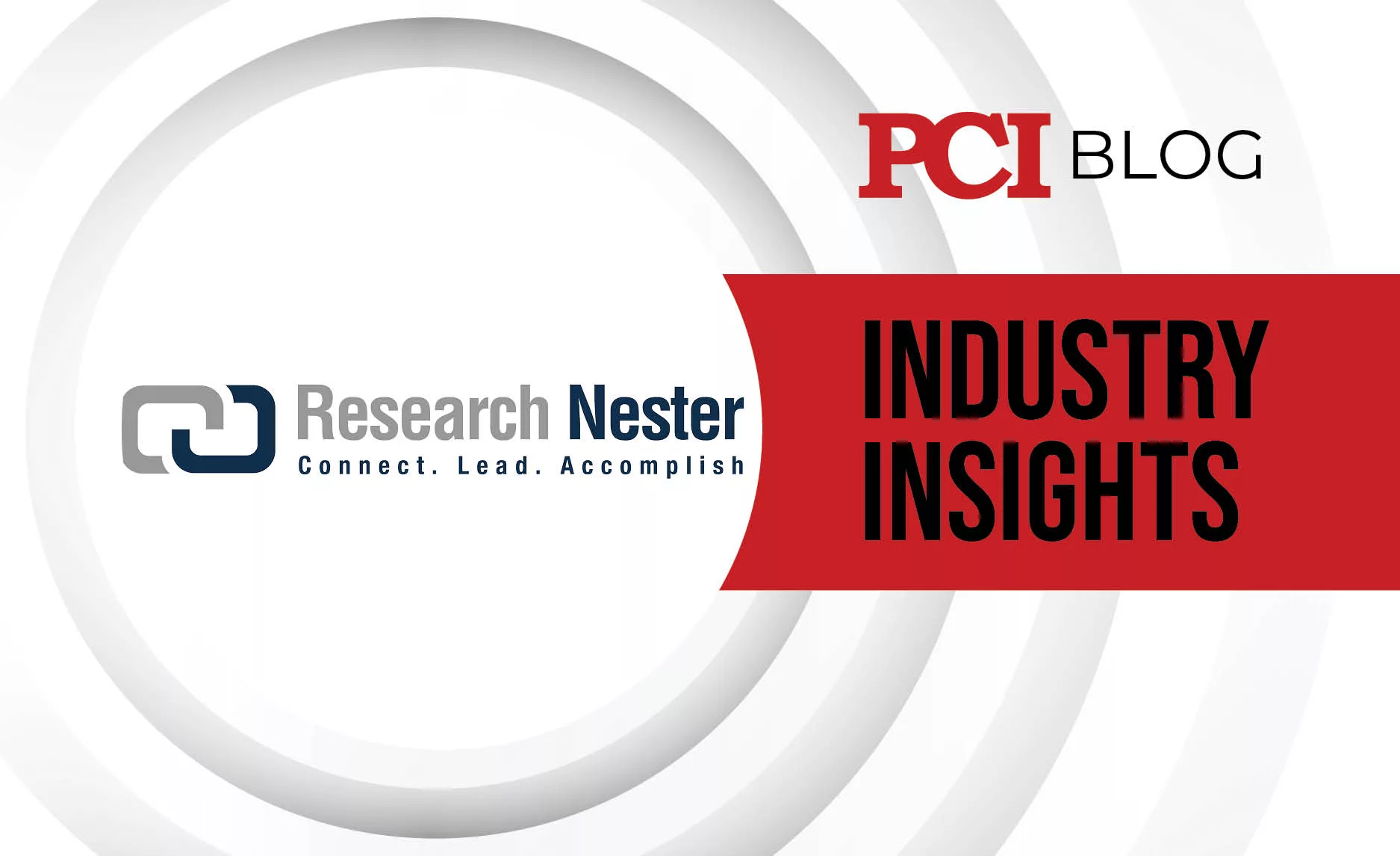Taking Steps Ahead of Obsolete Packaging Methods
The Growing Impact of Antimicrobial Nanocoatings in Various Industries

The 2020 pandemic will be remembered for altering the way we think and make preferences. The mushrooming concerns among consumers and manufacturers about cleaning and preventing the growth of bacteria, mold and fungi on buildings and equipment will continue to increase. It has been estimated that 7.7 million deaths occurred worldwide due to infections caused by 33 varieties of bacteria.
Researchers have introduced antimicrobial nanocoatings as an apt solution. They offer a high-tech defense against germs, bacteria and viruses. From food packaging to textiles and even consumer gadgets, this cutting-edge technology is finding its way into more everyday products, driven by our growing obsession with hygiene and safety.
Let’s dive into how different sectors are leveraging this technology and what’s driving market growth.
Antimicrobial Nanocoatings are Experiencing Robust Growth
The demand for antimicrobial nanocoatings is escalating across various industries, including:
Automotive Industry
In the automotive sector, antimicrobial nanocoatings are being used on high-touch surfaces like steering wheels, door handles and infotainment systems. These coatings help maintain a hygienic environment within vehicles, reducing the risk of pathogen transmission, especially in shared and public transportation.
Millions use public transport daily, increasing microbial transmission risk. Applying an antimicrobial coating to bus surfaces reduced microbial burden by 22.6%, with a 50.7% relative risk reduction. This suggests the coating effectively lowers the risk of microorganism transmission.
Building and Construction Sector
Antimicrobial coatings are applied to high-traffic surfaces in buildings, such as door handles, elevator buttons and handrails, to prevent the spread of bacteria and viruses. They are also used on HVAC systems to inhibit mold and microbial growth, improving indoor air quality.
Food and Beverages Sector
In the food industry, antimicrobial nanocoatings are applied to packaging materials, production equipment and food contact surfaces. This prevents microbial contamination and extends the shelf life of perishable goods, ensuring food safety and reducing waste.
Additionally, the U.S. Environmental Protection Agency demands that makers of antimicrobial coatings demonstrate the annihilation of 99.9% of specified bacteria on surfaces, including those that cause disease, to market their products.
Medical and Healthcare
Hospitals and clinics are using antimicrobial coatings on medical devices, surgical tools and hospital surfaces to combat healthcare-associated infections (HAIs). By 2027, the size of the antimicrobial coatings market for medical devices is projected to reach $1.9 billion.
These coatings provide a continuous layer of protection, reducing the frequency of cleaning and disinfection while enhancing patient safety.
Consumer Goods
From smartphones to kitchen appliances, manufacturers are integrating antimicrobial coatings to extend product life and ensure hygienic surfaces. This technology is particularly popular in electronic devices, where it helps reduce the growth of microbes on screens and keyboards.
Packaging Industry
In packaging, antimicrobial nanocoatings inhibit bacterial growth on the surface of packaging materials, ensuring that products remain safe and uncontaminated during storage and transportation. A study observed that a sausage's shelf life increased by at least 90 days at 4°C and 49 days at 10°C due to antimicrobial casing. This is particularly beneficial for food, pharmaceuticals and personal care products.
Textile Sector
Antimicrobial coatings are being applied to fabrics used in healthcare, sportswear and home furnishings. They help reduce odors, inhibit the growth of bacteria and fungi and maintain fabric integrity, making them ideal for high-performance and hygiene-sensitive applications.
For instance, NanoTextile Sdn Bhd recently launched its second consecutive program in 2022: a textile and fashion sustainability program called nanotextile360°. This program is inspired by the ambitious vision of circularity in the textile industry.
Industrial Landscape: Who’s Leading the Way?
The antimicrobial nanocoatings industry is marked by significant innovation and collaboration between research institutions and manufacturers. The market for antimicrobial nanocoatings is estimated to be worth $1.5 billion in 2024 and projected to grow to $12.1 billion by the end of 2037, with a compound annual growth rate of almost 21.2% between 2025 and 2037.
Key players are investing heavily in RandD to develop coatings with enhanced durability, efficiency and environmental friendliness. Companies like AkzoNobel, BASF and PPG Industries are at the forefront, exploring new formulations and application methods to meet the diverse needs of different sectors.
In addition to large multinationals, several startups are emerging with niche products tailored to specific industries, such as medical-grade coatings and food-safe applications. The market is seeing a surge in partnerships between coating manufacturers and end-use industries, aiming to seamlessly integrate these solutions into existing production lines and product designs.
Regional Outlook: A Global Perspective
The antimicrobial nanocoatings market is experiencing significant growth across regions. Asia-Pacific is rapidly expanding, driven by increased awareness of hygiene standards, growing industrialization and booming construction and consumer goods sectors. The region is projected to develop at a CAGR of 4.3% in terms of personal hygiene.
Latin America and the Middle East and Africa are also seeing gradual adoption, especially in healthcare and packaging, as these regions focus on improving public health and safety infrastructure.
Additionally, North America and Europe have gained significant traction due to stringent hygiene regulations and strong demand in the healthcare and food industries. With a budget of $8.4 billion, the FDA has increased its overall financing by 34% from 2022. The increase is intended to upgrade medical device safety protocols and enhance food safety.
In the long run, the antimicrobial nanocoatings industry is poised to garner significant growth as it continues to find new applications and improve existing ones. As industries seek innovative solutions to meet the rising demand for hygiene and safety, antimicrobial nanocoatings are set to become an integral part of modern product development and design.
Learn more about the report here.
